Plastic back plate for F2D engine
Rapid Prototyping in Combat
First published: 1/4 2014 - Last update: 1/4 2015 - By Henning Forbech
|
Update 2015: More info here: Plastic engine: Rebuild your combat engine with 3D-printed parts Combat engines have traditional been made from aluminum and steel. Maybe it is time to try new solutions. Some parts, as the back plate, can be made from plastic. The new 3D-printing technology has made it easy and cheap to make plastic parts from CAD-files. To test the technology on a combat engine a copy of the Fora back plate was printed in plastic by Shapeways in Holland. The back plate was made in polyamide (nylon) in a process called Selective Laser Sintering, SLS. |
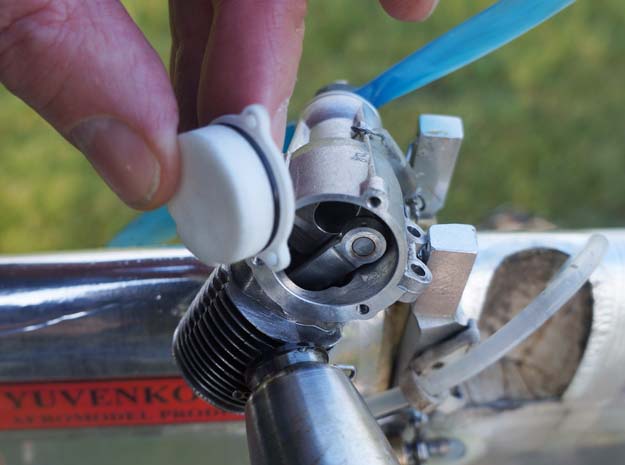
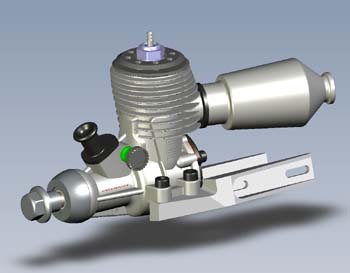
| |
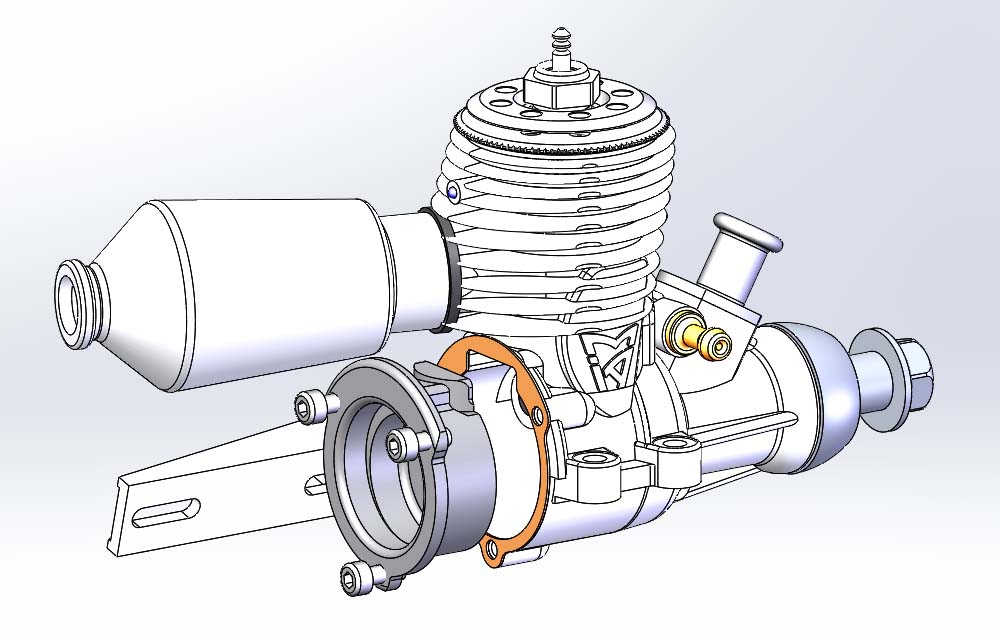 CAD-model of the back plate and the old Fora engine 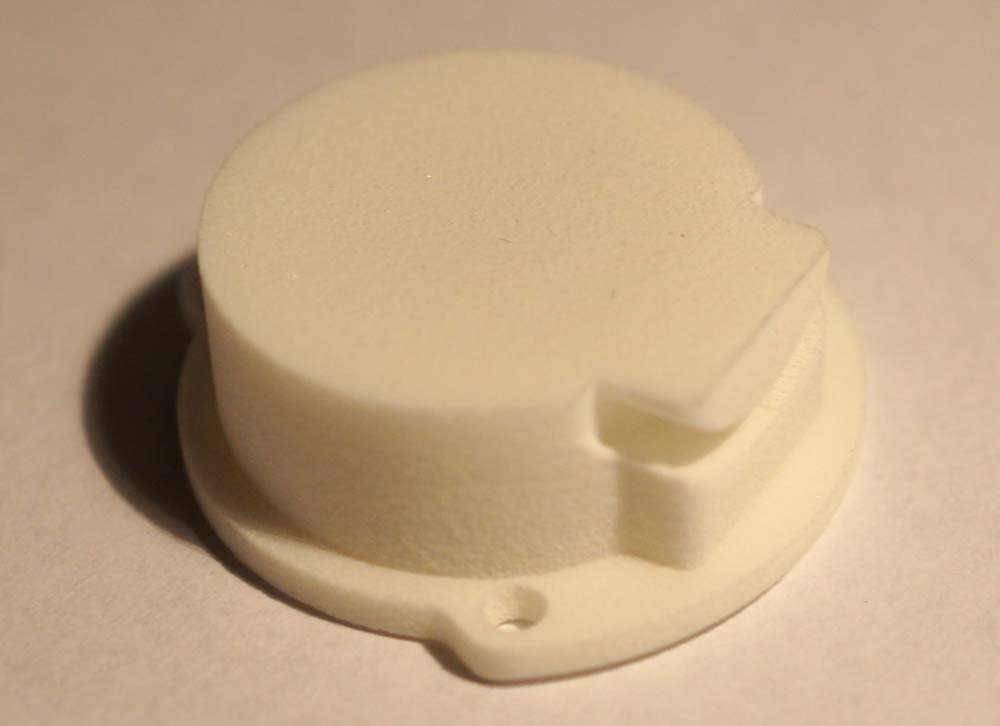 Back plate printed from the 3D cad-file 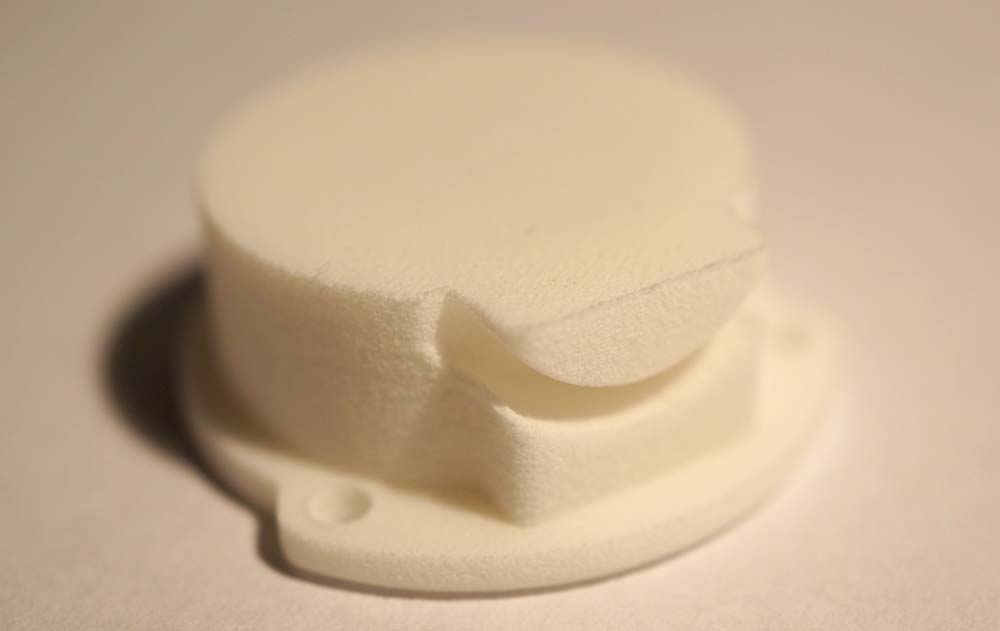 Close-up of the printed part |
||
|
In this first test the plastic part had the same size and wall thickness as the original aluminum back plate.
By replacing the aluminum by plastic the weight of the back plate was reduced from 6.4432 g to 2.4290 g. By replacing the original M 2.5 steel screws by nylon screws the total weight reduction was 4.8095 g The material for the back plate is polyamide 12. More info on the PA2200 from eos |
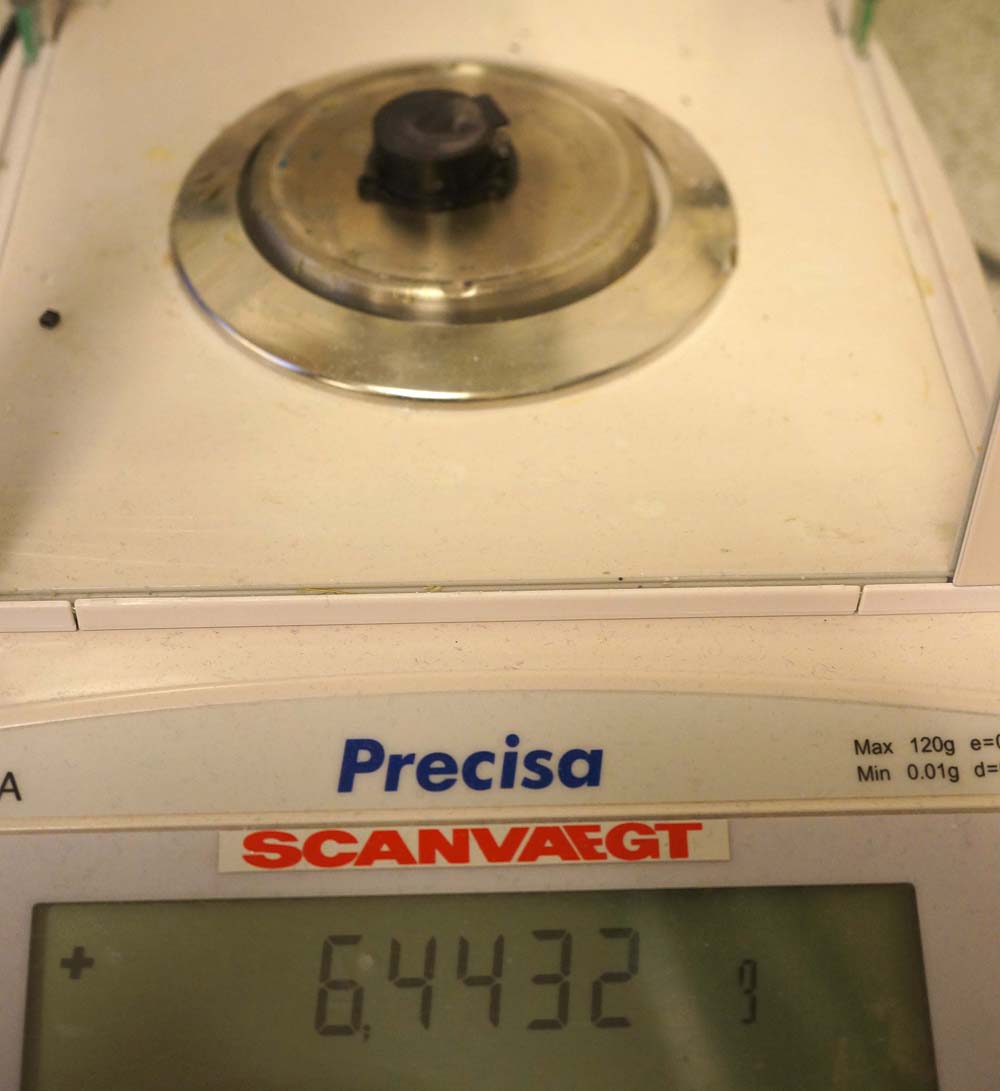
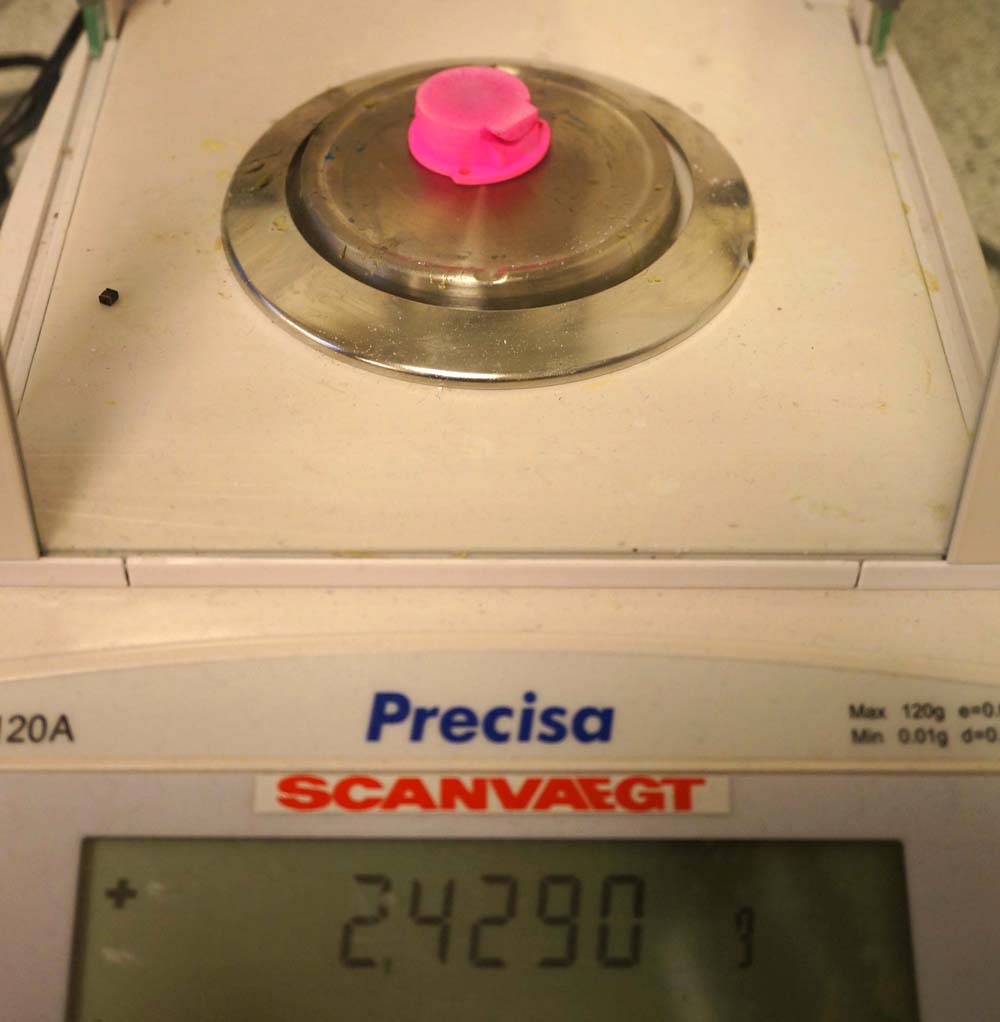
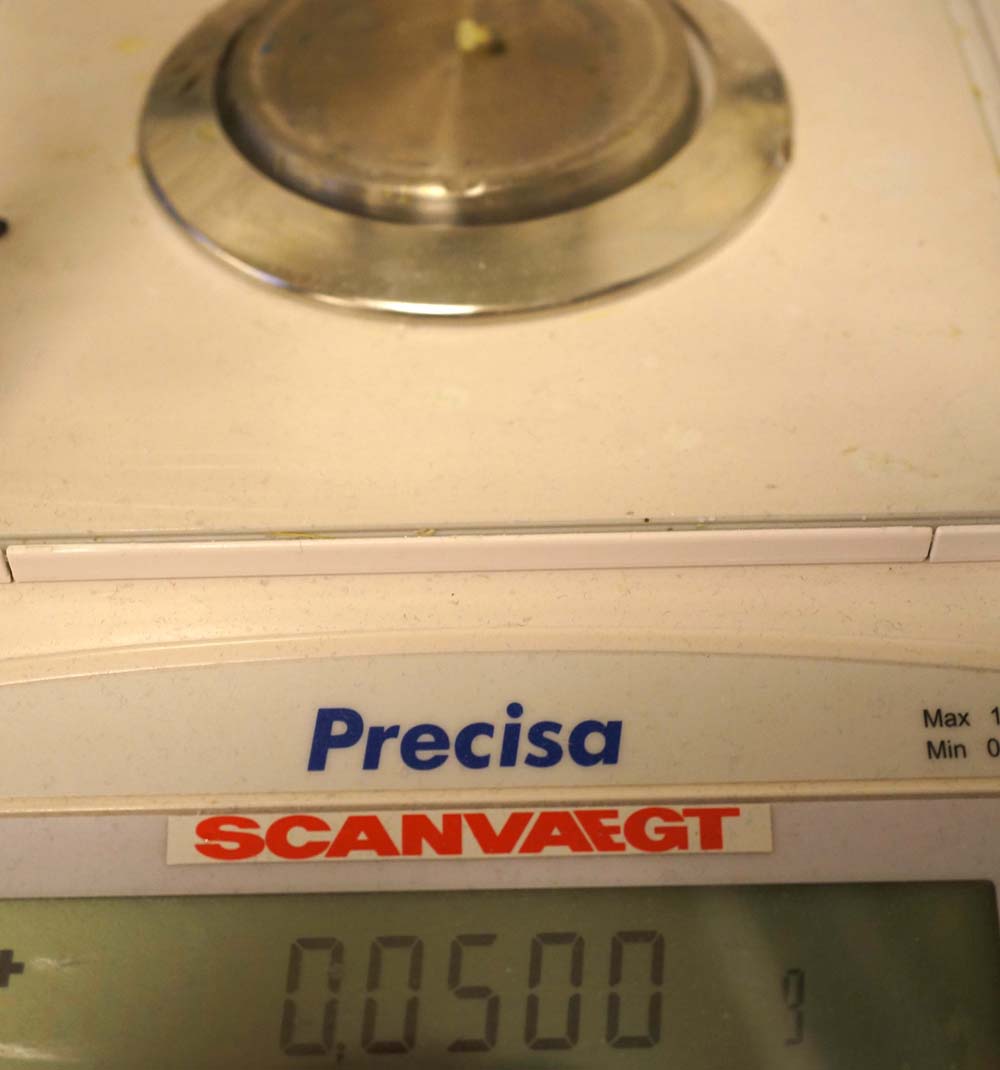 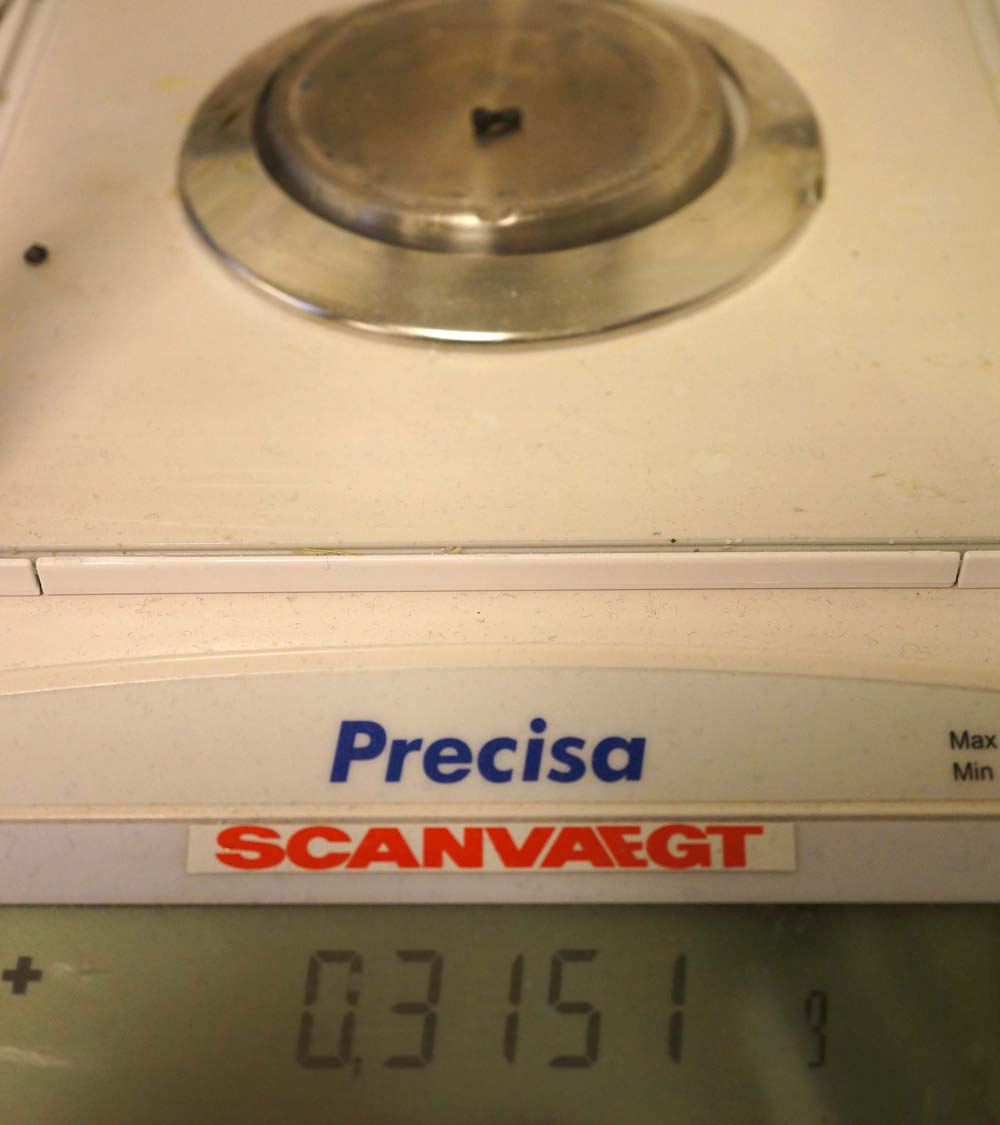
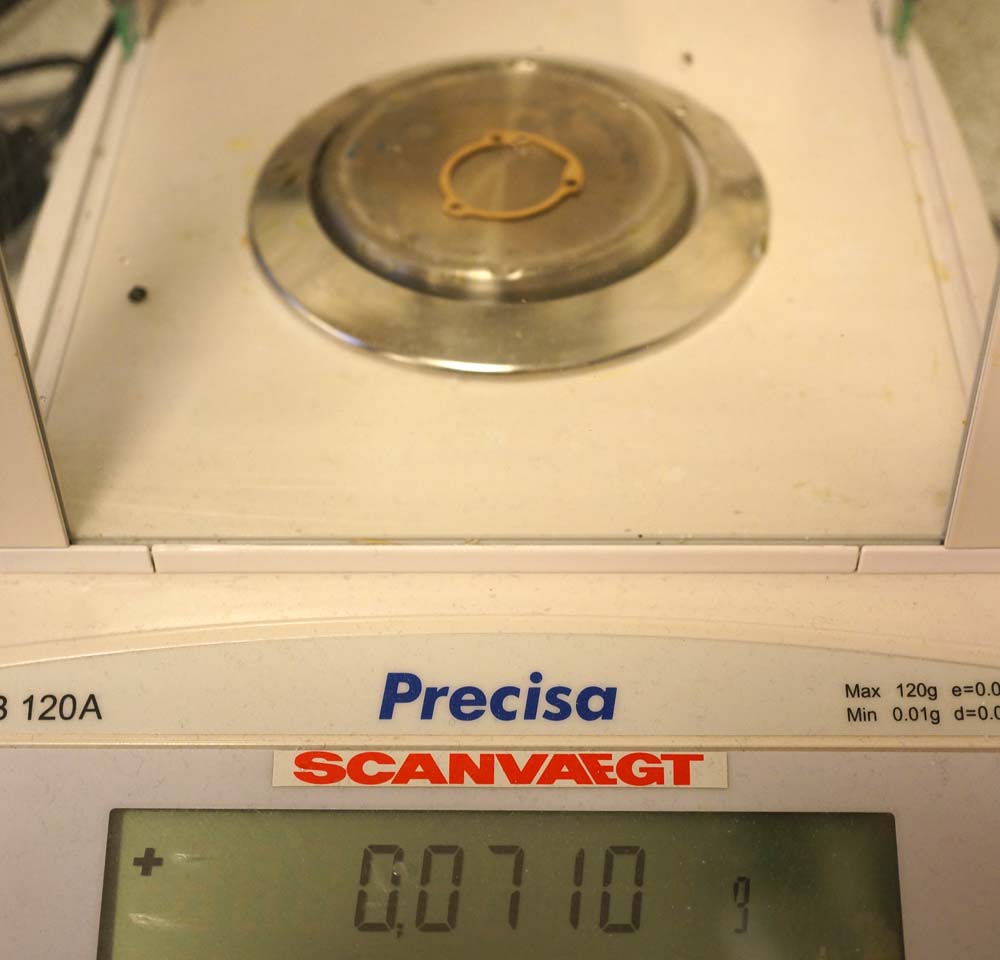
|
|
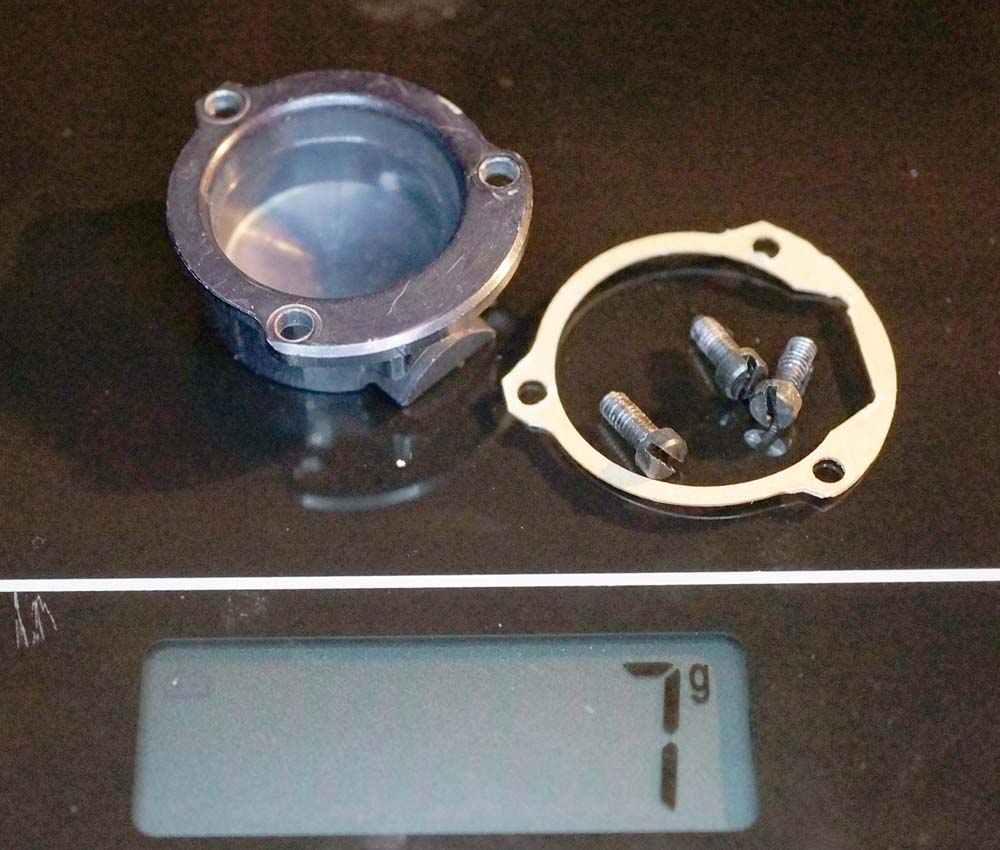 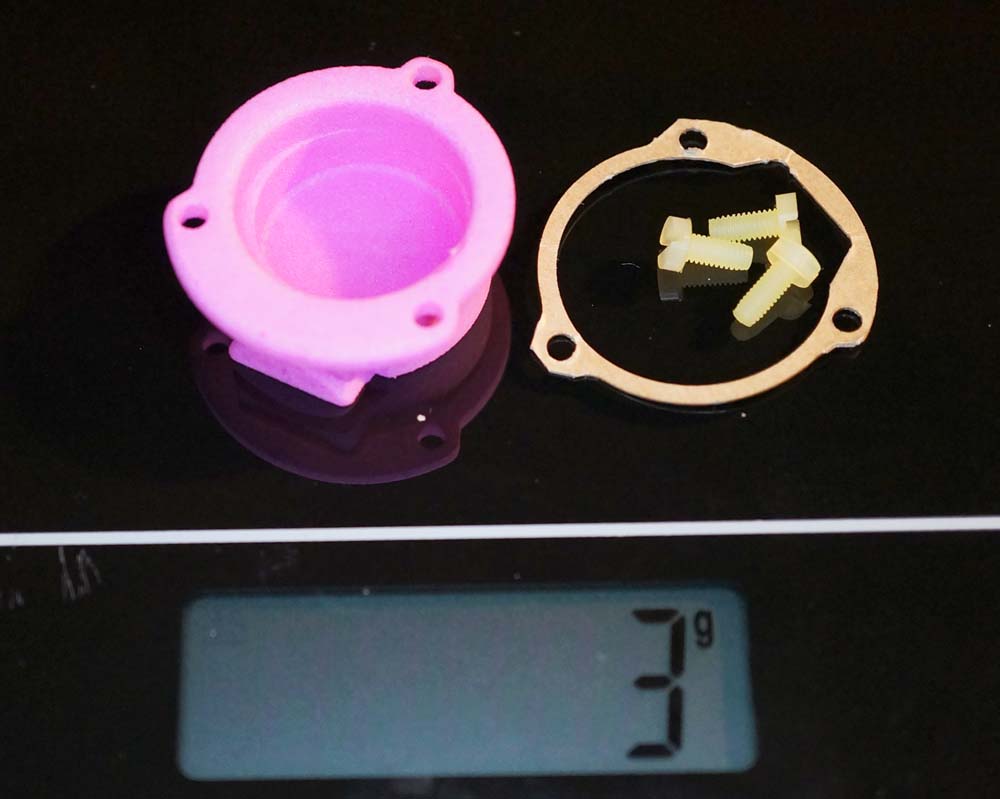 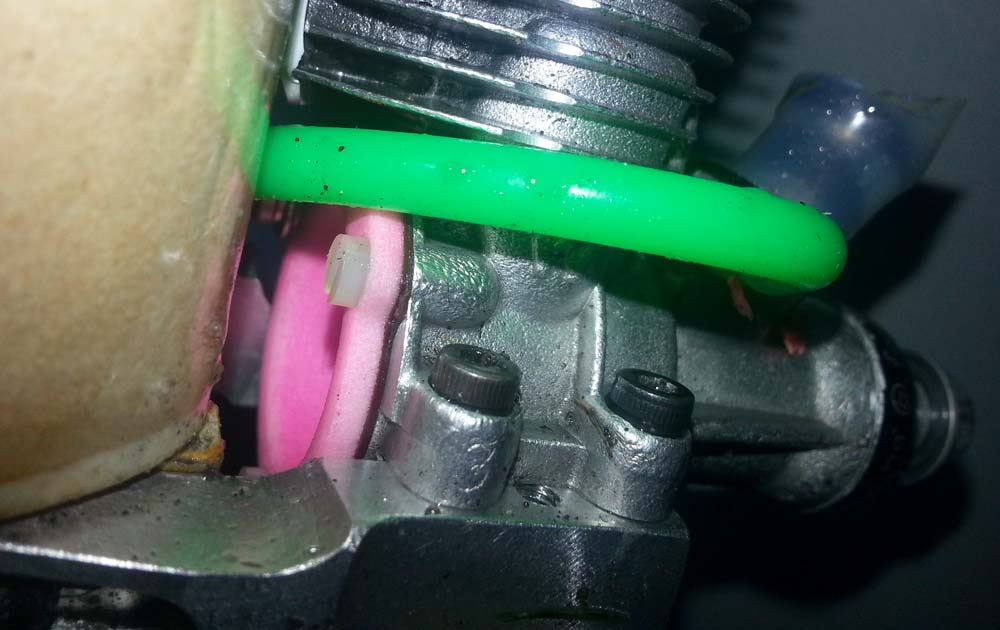 First test flight with the plastic back plate |
||
|
Second generation: After the successful test with a plastic version of the classic back plate for the old Fora two new light versions of the back plate was designed. Named "FORA-Classic Back Plate Sport" and "FORA-2012 Back Plate Sport" By reduce the wall thickness and optimizing the shape of the back plate with ribs it was possible to reduce the weight to only 1.4 g. If mounted with nylon screws the engine weight could be reduced by 5.8 g ! Probably the simplest and fastest way to reduce the takeoff weight of the model. These two back plates was designed in SolidWorks and printed in nylon by Shapeways. The cost of the lightweight back plates was less than 4 euro each. |
Selective Laser Sintering Video on YouTube  |
|
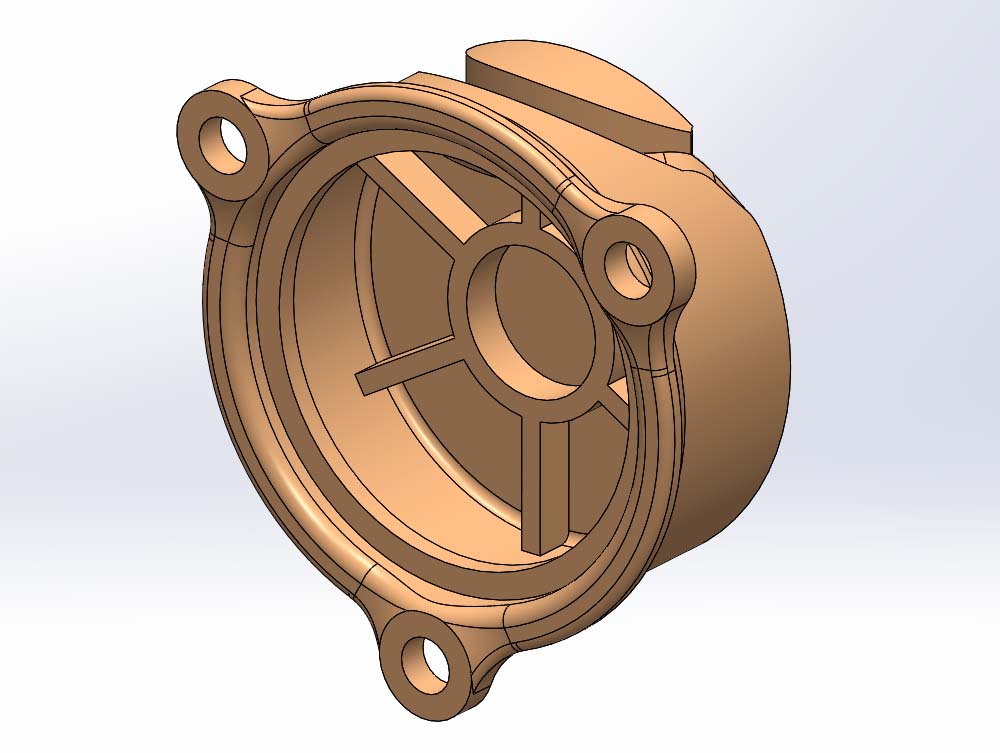 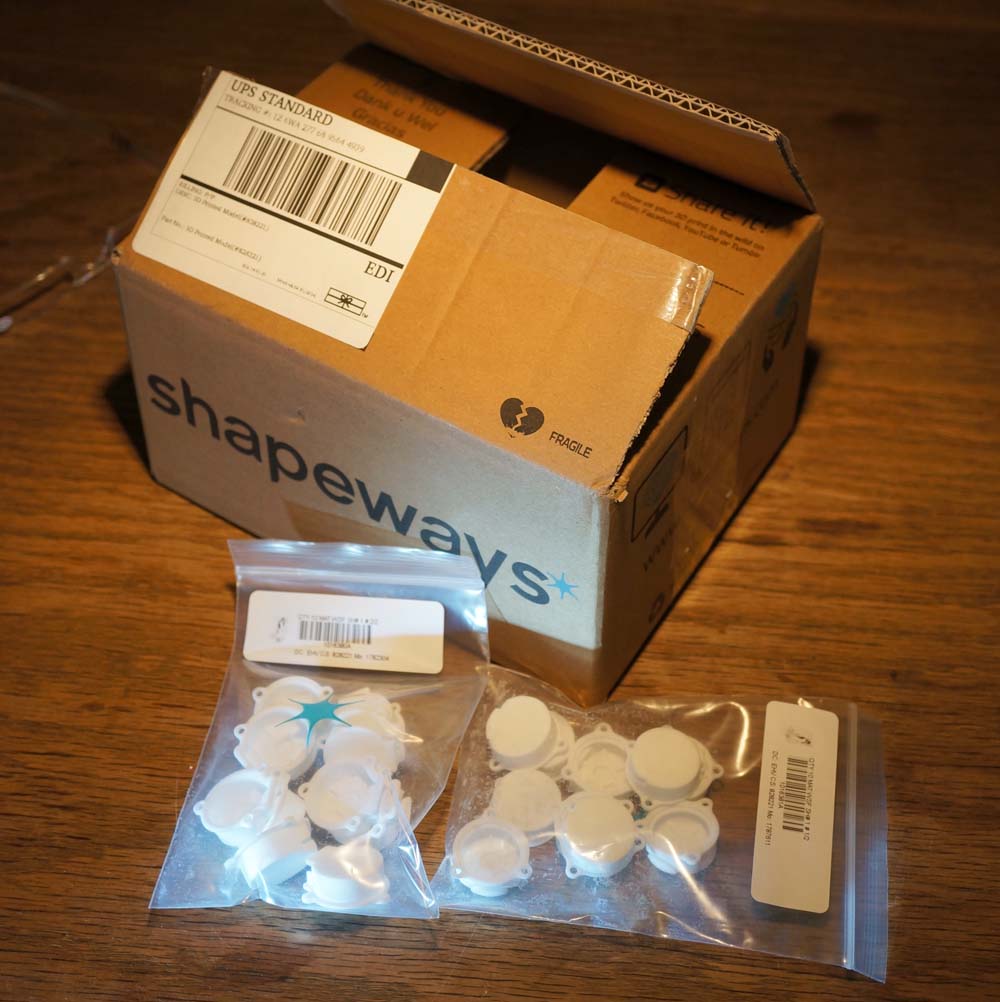 The back plates arrive from the manufacture in Holland 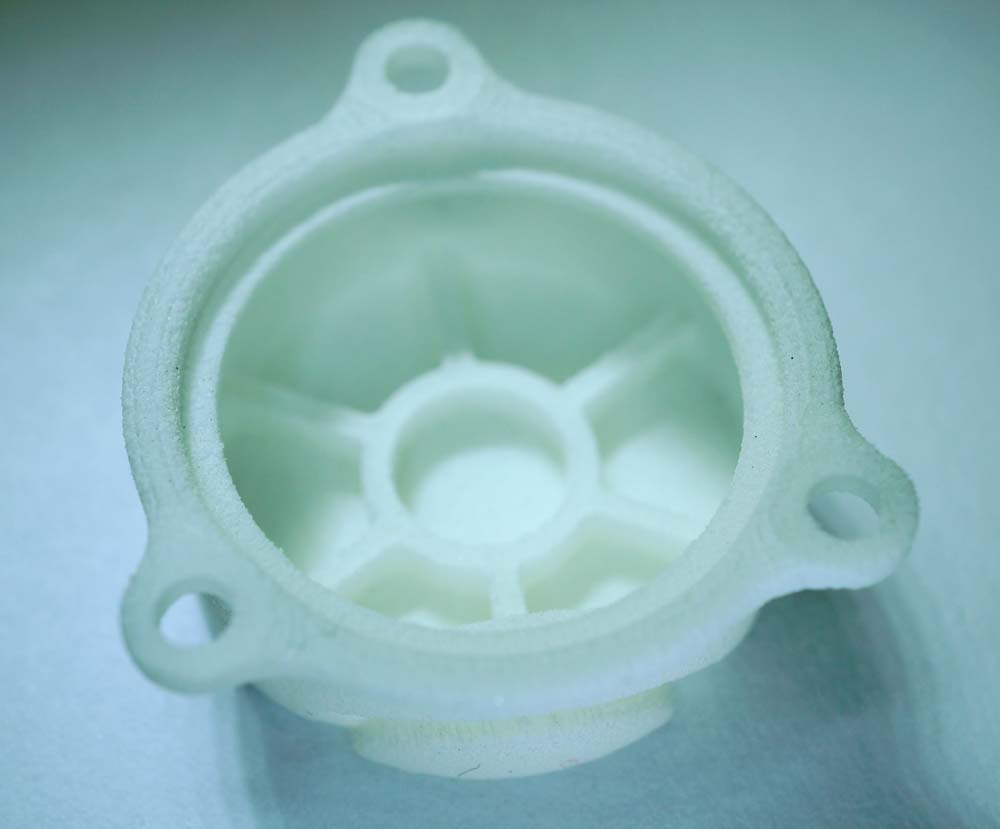 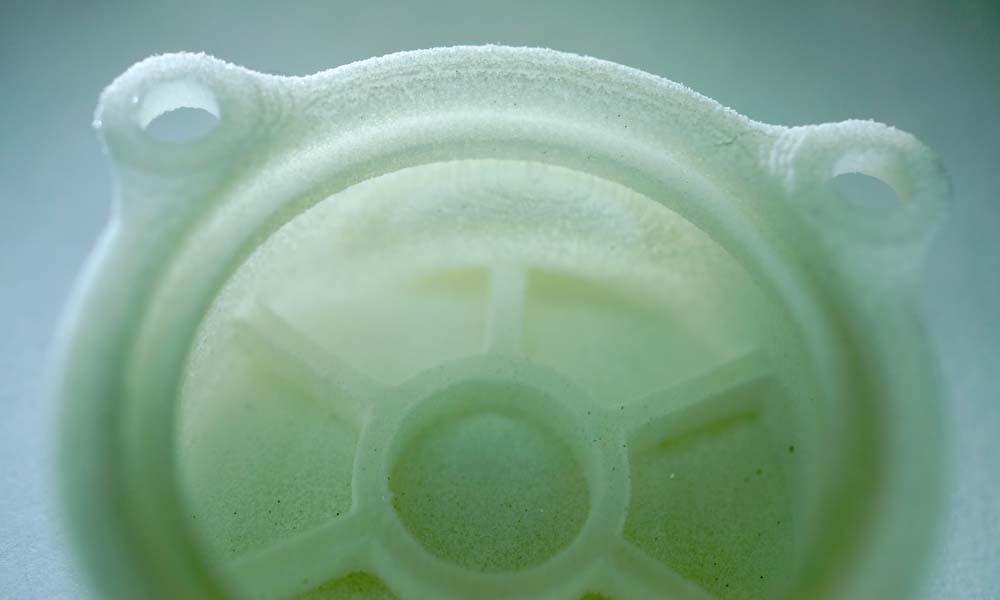 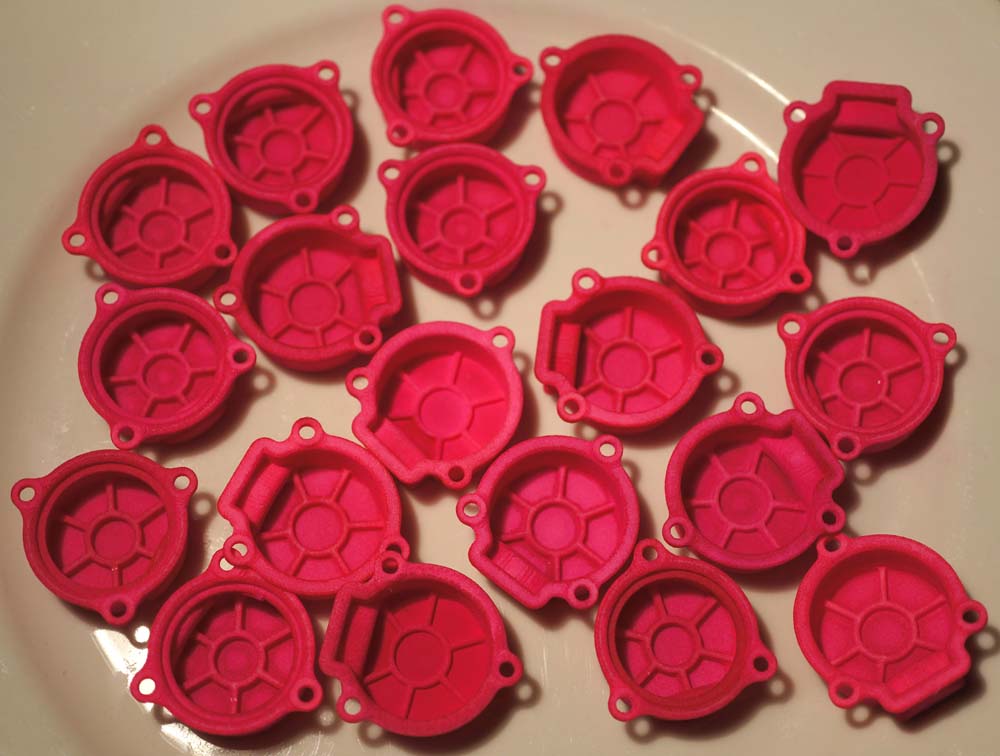 Adding some color to make the plastic engine stand out from the rest 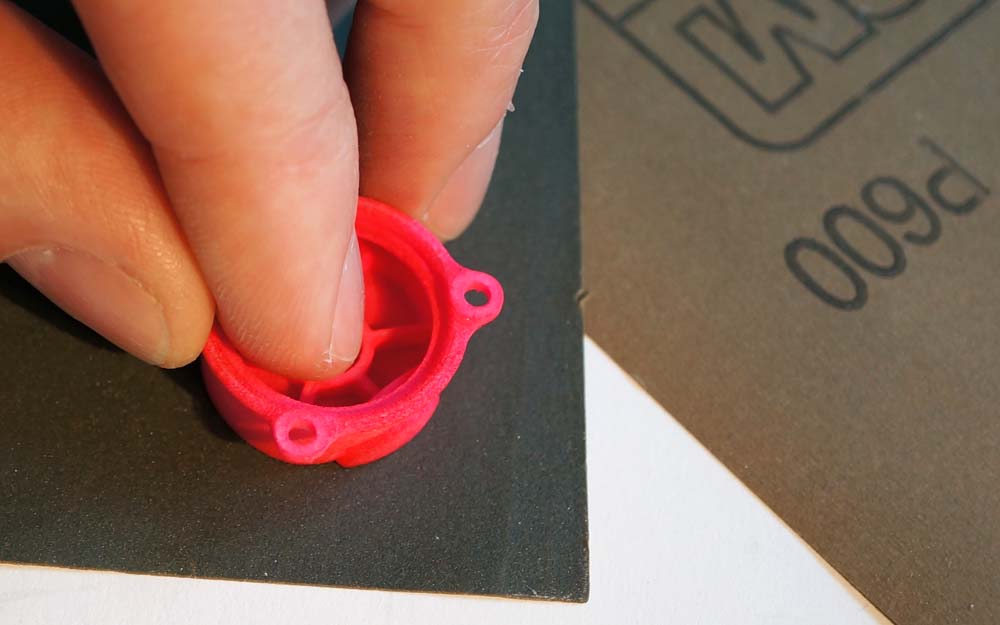 To give the back plate a smooth surface towards the conrod the back plate must be sanded with a fine sandpaper. 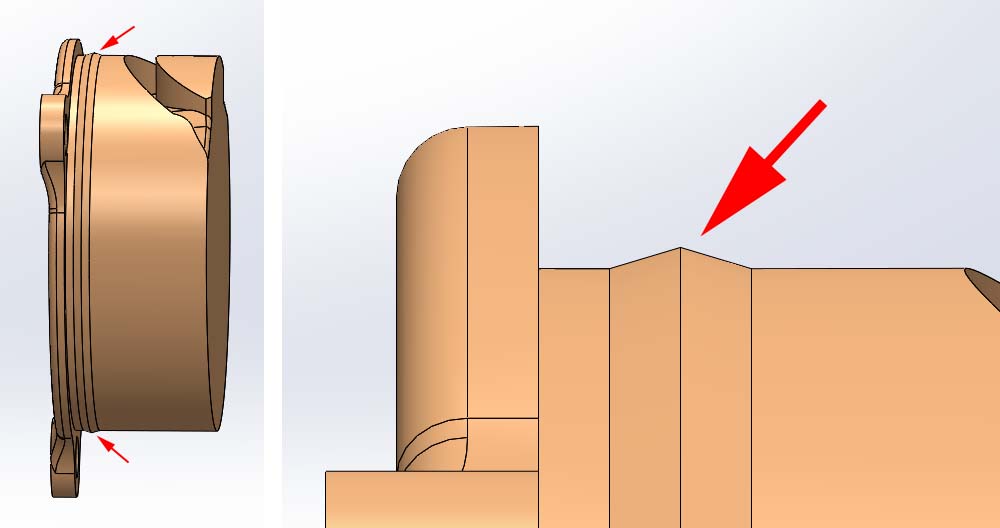 The "FORA-2012 Back Plate Sport" is designed with an build in bump for sealing the back plate inside the cranckcase 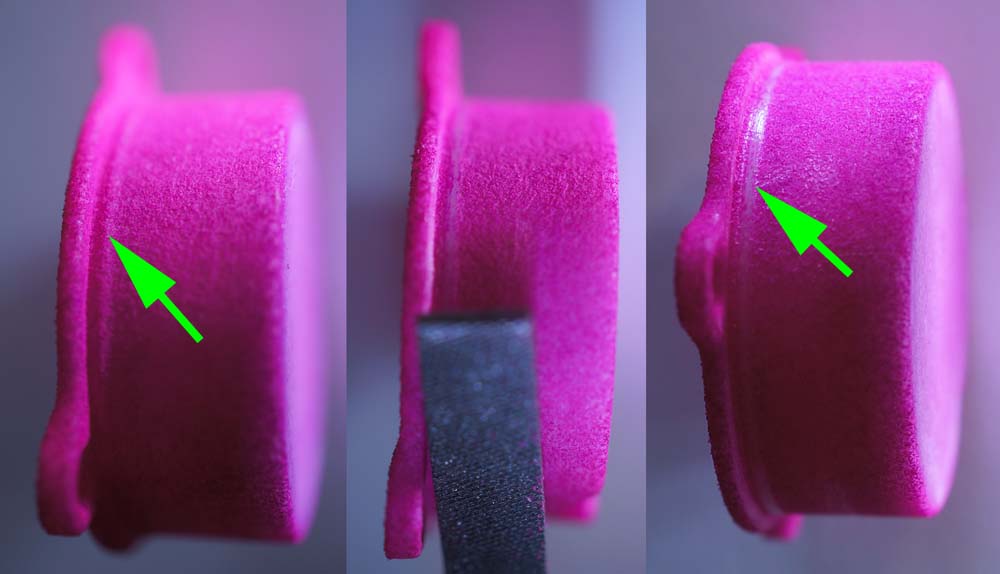 The sealing bump must be filed down to give a smooth paking surface 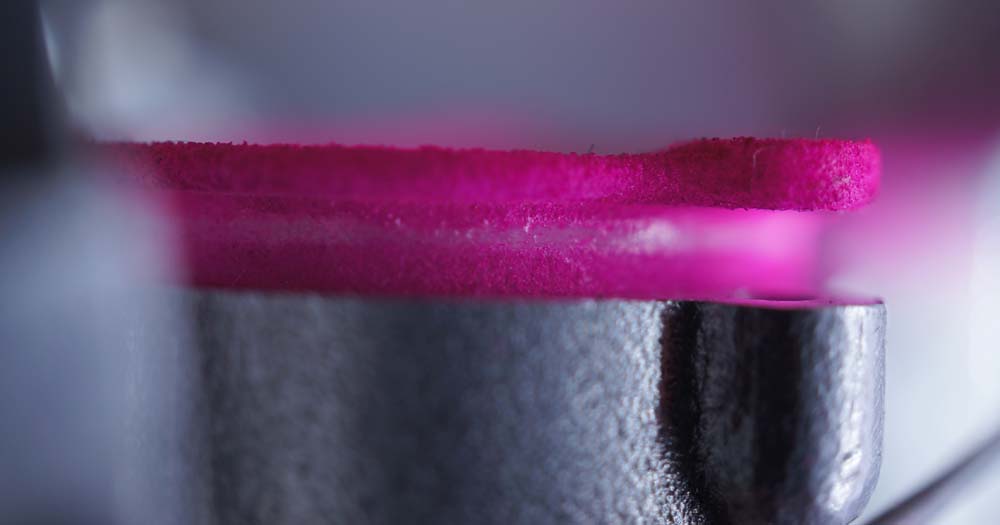 This back plate (FORA-2012 Sport) can be used without the paper gasket. Make sure you have some distance (0,2 mm) between the connecting rod and the back plate. 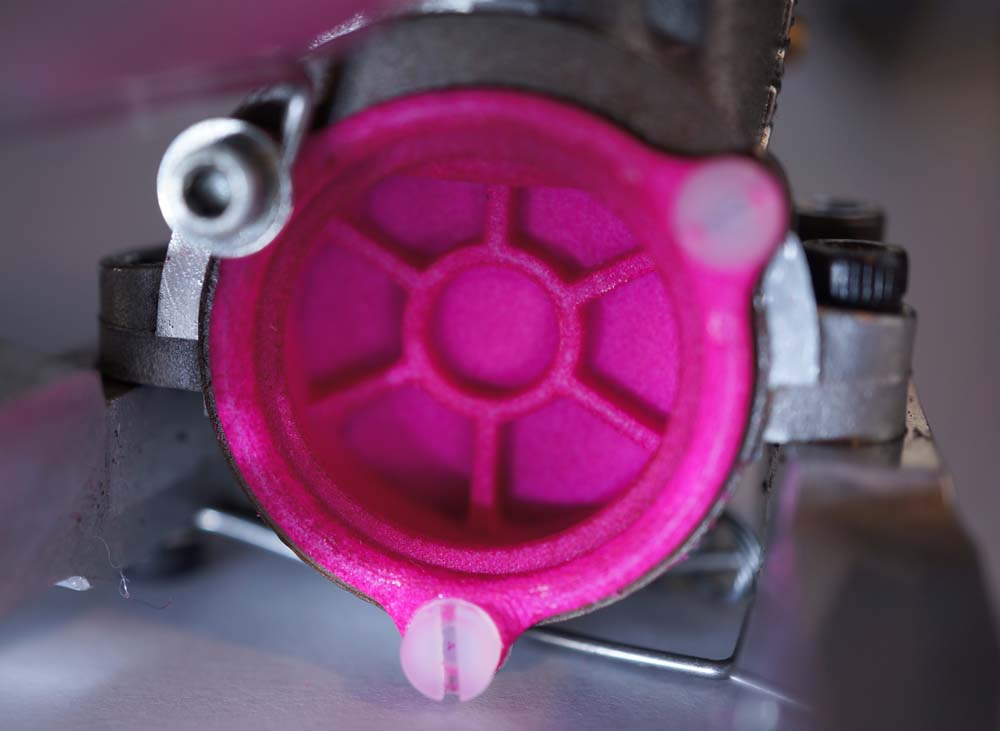 The nylon back plate ready for flying. A paper gasket is used on this engine 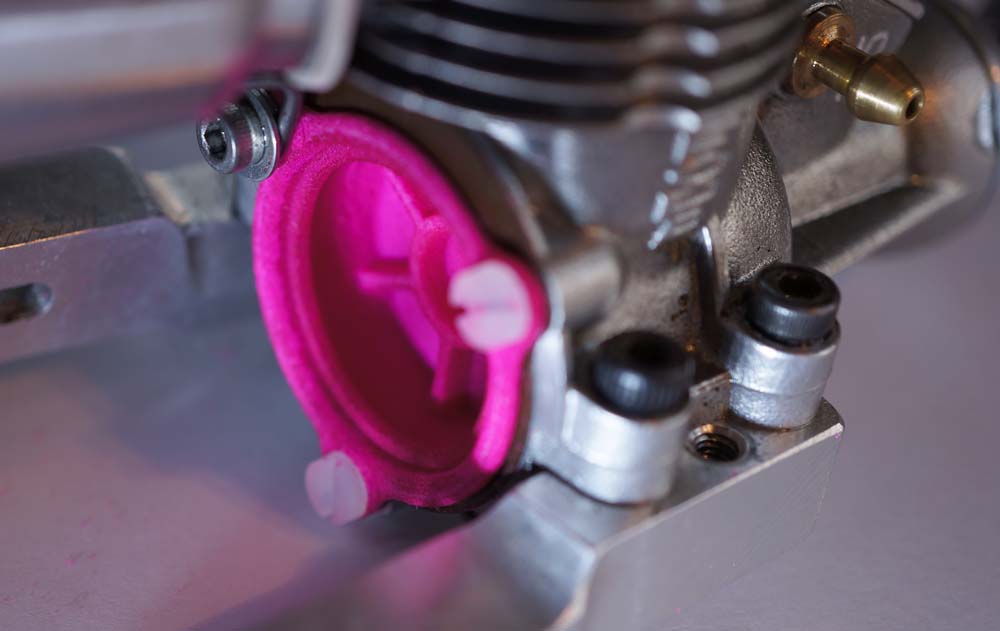 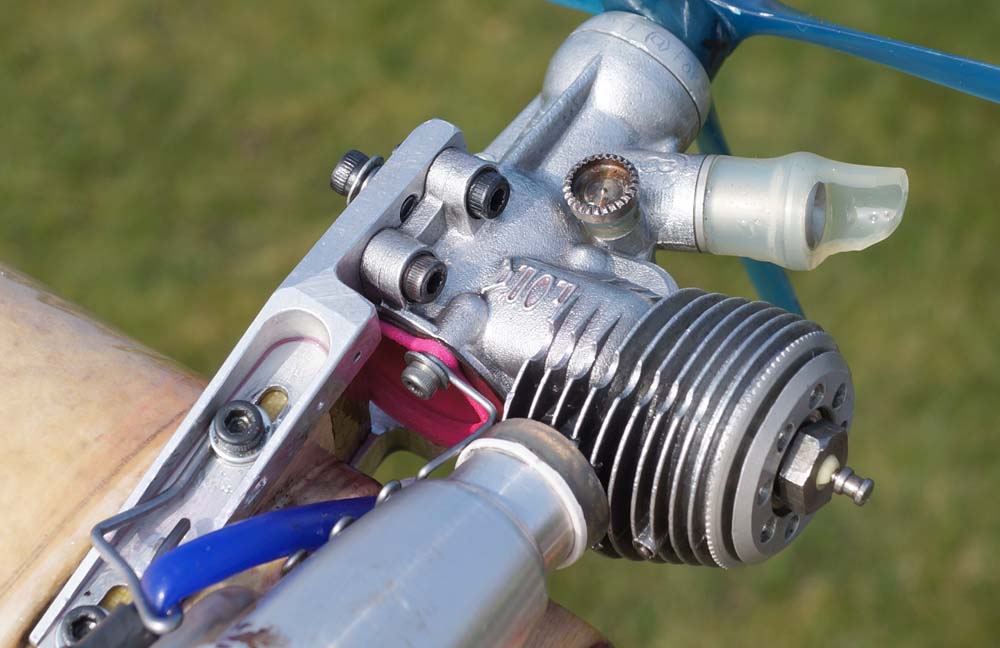 At the flying test 30/3 2014 in Herning, Denmark |
||
|
Plastic back plates are probably the simplest and fastest way to reduce the takeoff weight of your model.
3D print can be used for many other parts on a combat model. Back plates are just a start! Welcome to the future! First published: April Fools' Day 2014 by Henning Forbech BTW: Did you notes the propeller in the last picture? More info here |
You can buy the back plates from Shapeways "FORA-2012 Back Plate Sport" "FORA-Classic Back Plate Sport" "FORA-Classic Back Plate" WARNING: Using these plastic back plates on your engines will be at your one risk More 3D printed equipment for F2D |
|
|
2015 Update: Plastic back plate with O-ring: Last update: April Fools' Day 2015 - By Henning Forbech |
||
|
The plastic back plate have now been updated with a O-ring sealing.
To improve the sealing of the back plate in the housing an O-ring has now replaced the small sealing bump. This change has also made it possible to remove the old paper sealing This new version of the back plate was designed for the FORA 2012. You are welcome to comment on this back plate at the Russian FAS forum |
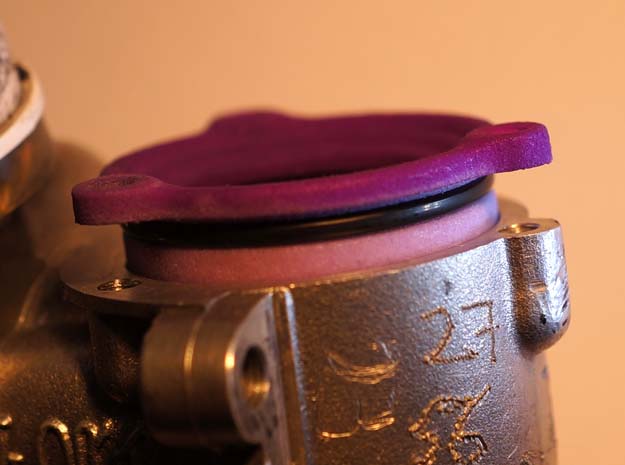
|
|
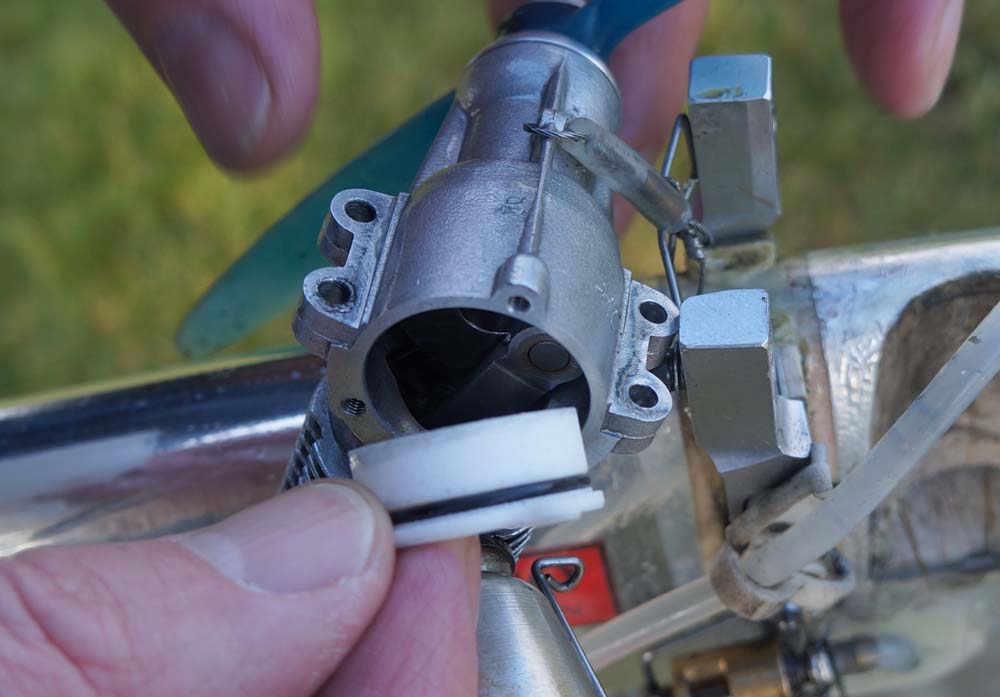 First test flight with the new O-ring sealing 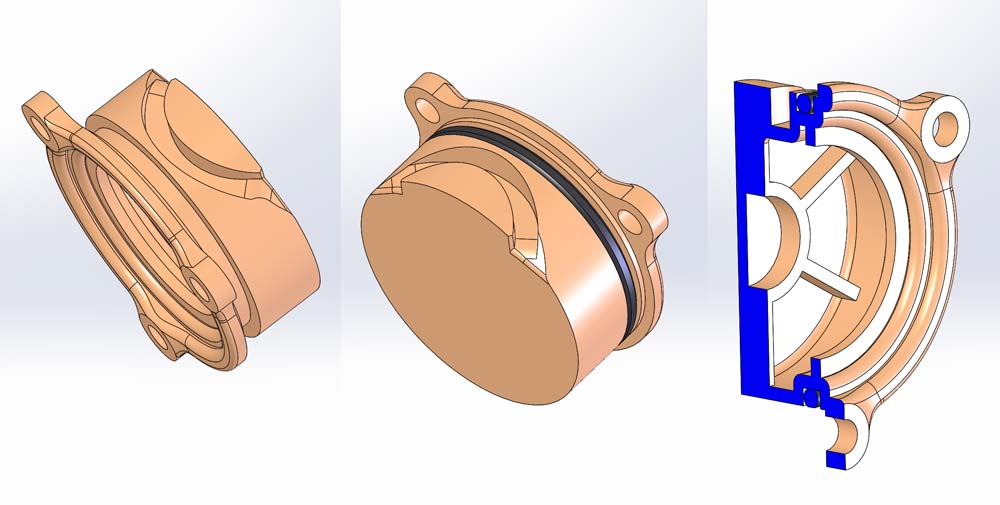 CAD model of the back plate with the new O-ring 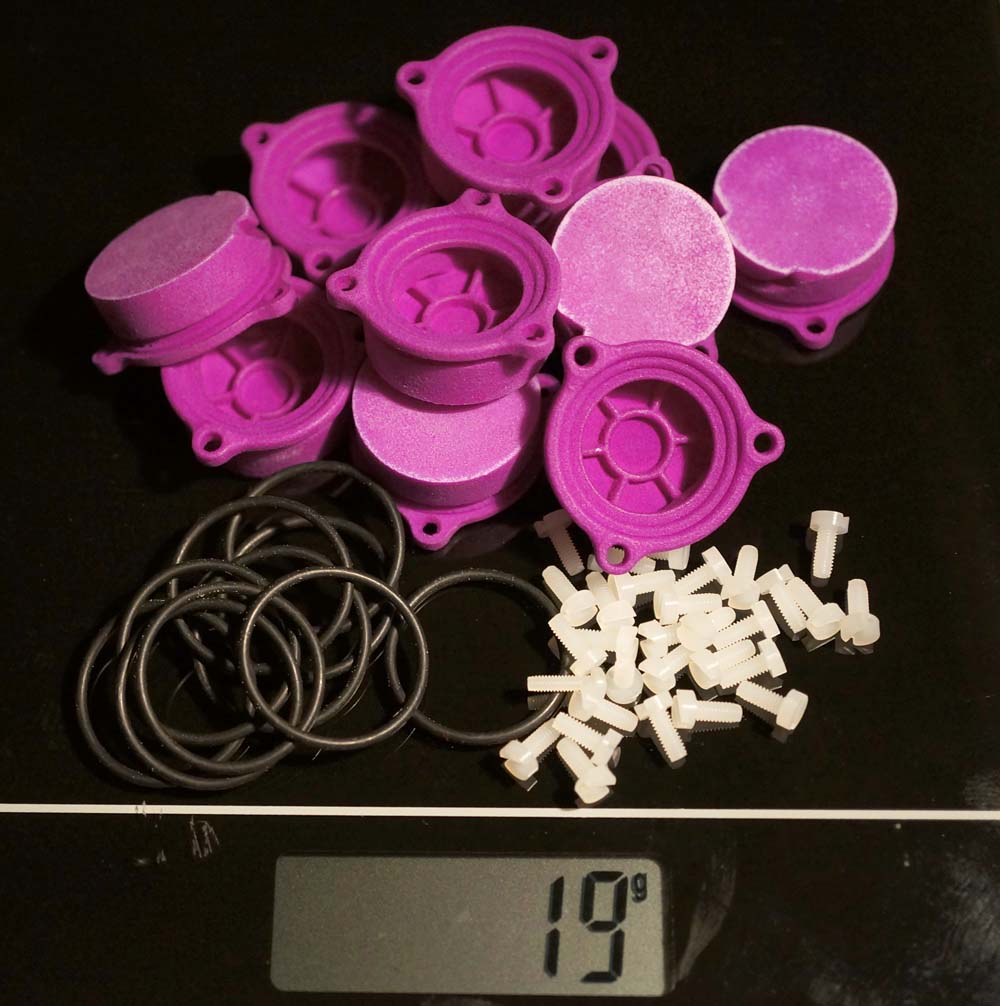 10 back plates with O-rings and plastic screws. You save more than 5.5 g by replacing the original aluminium back plate with the new plastic version 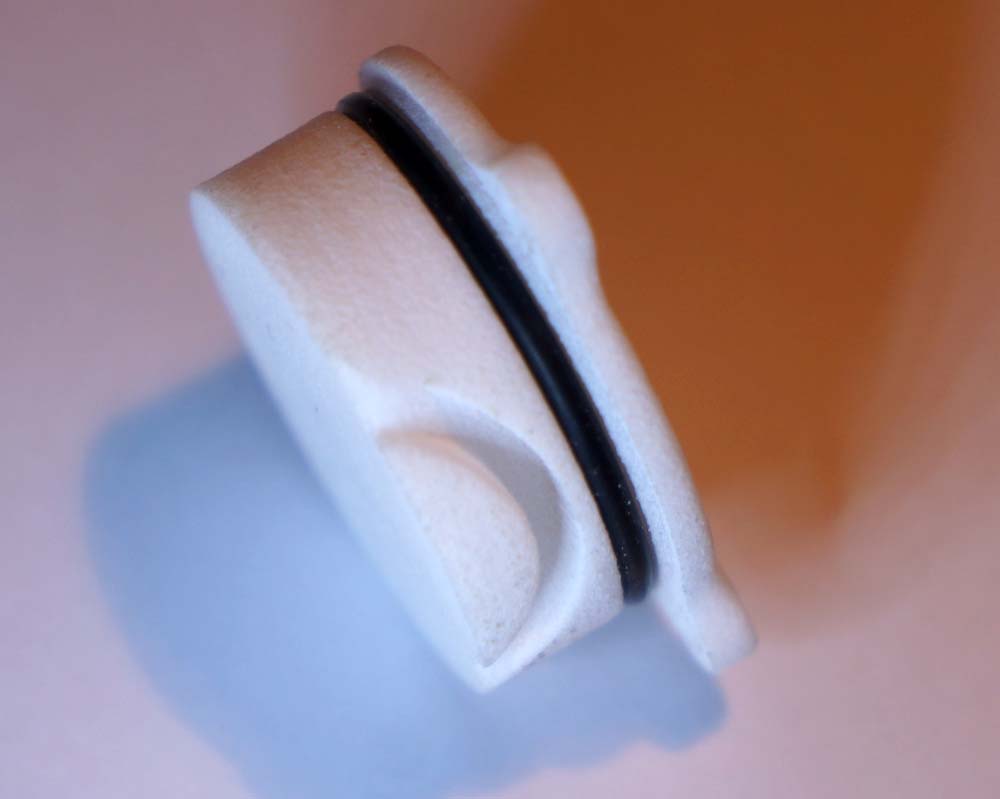 Back plate with O-ring 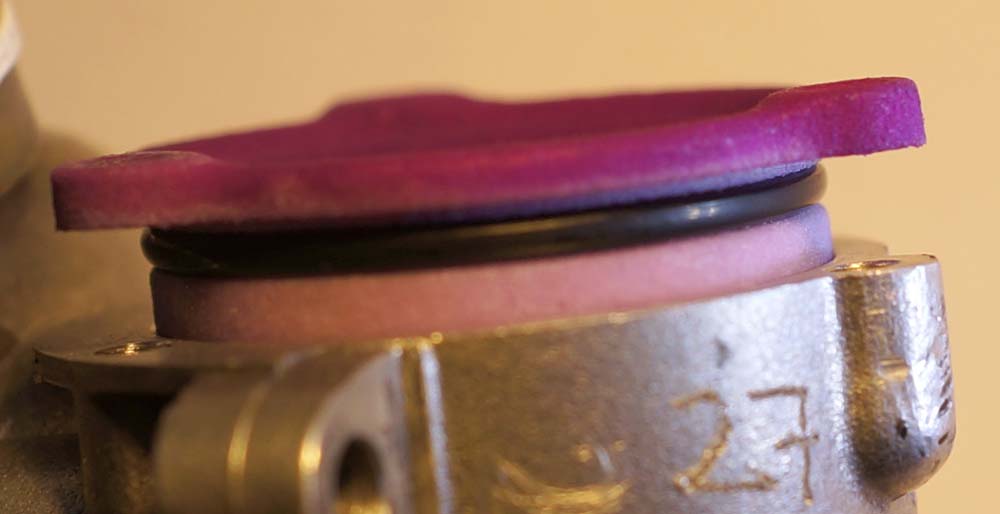 Back plate with O-ring beeing insertet to the engine. No paper gasket! 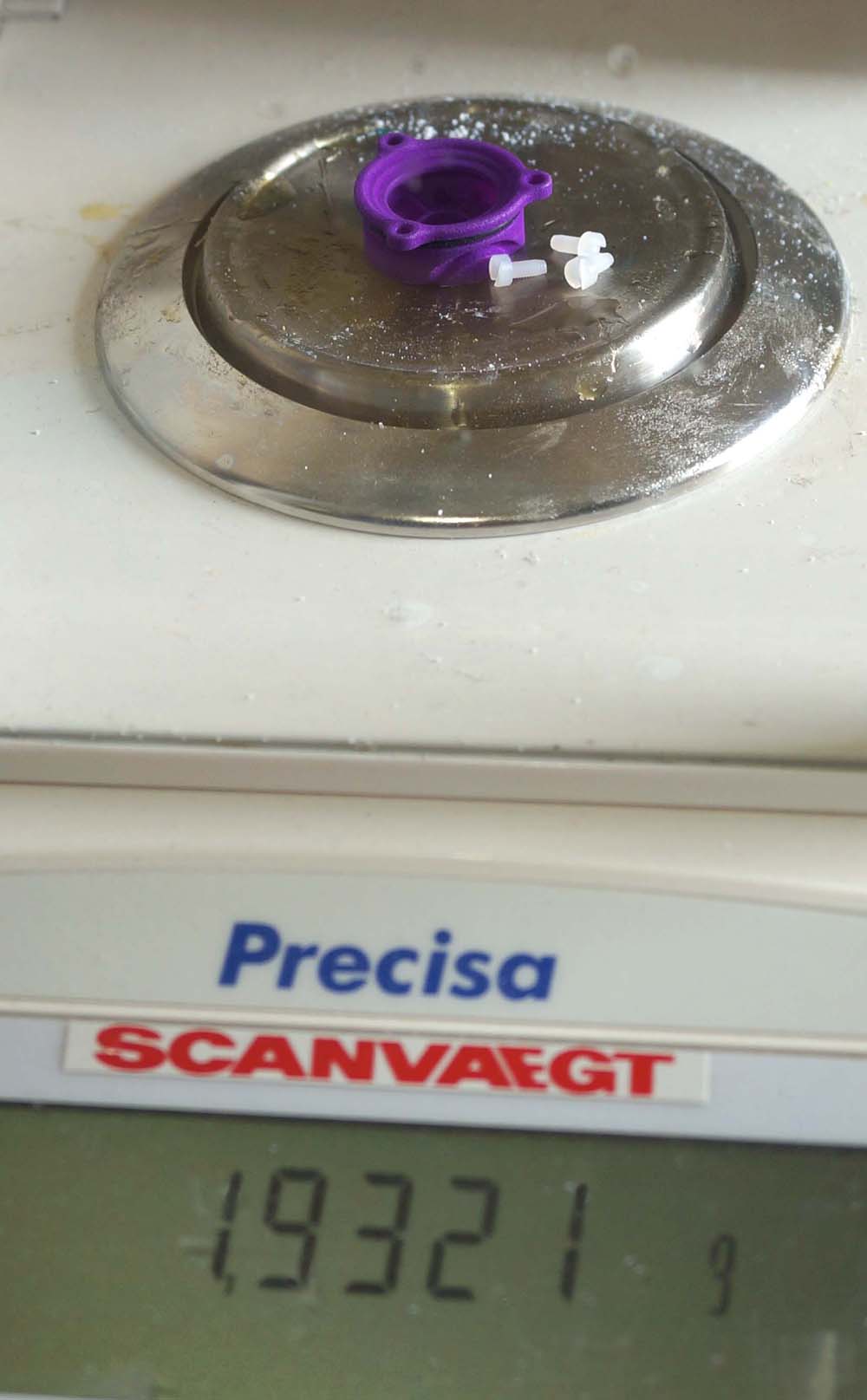 The plastic backplate on the precision weight: 1.9321 g Original Fora back plate: 7.4595 g Aluminium back plate: 6.4432 g - Paper gasket: 0.0710 g - Steel screw: 0.3151 g Original weight: 6.4432 + 0.0710 + 3 x 0.3151 = 7.4595 g Weight reduction: 5.5274 g 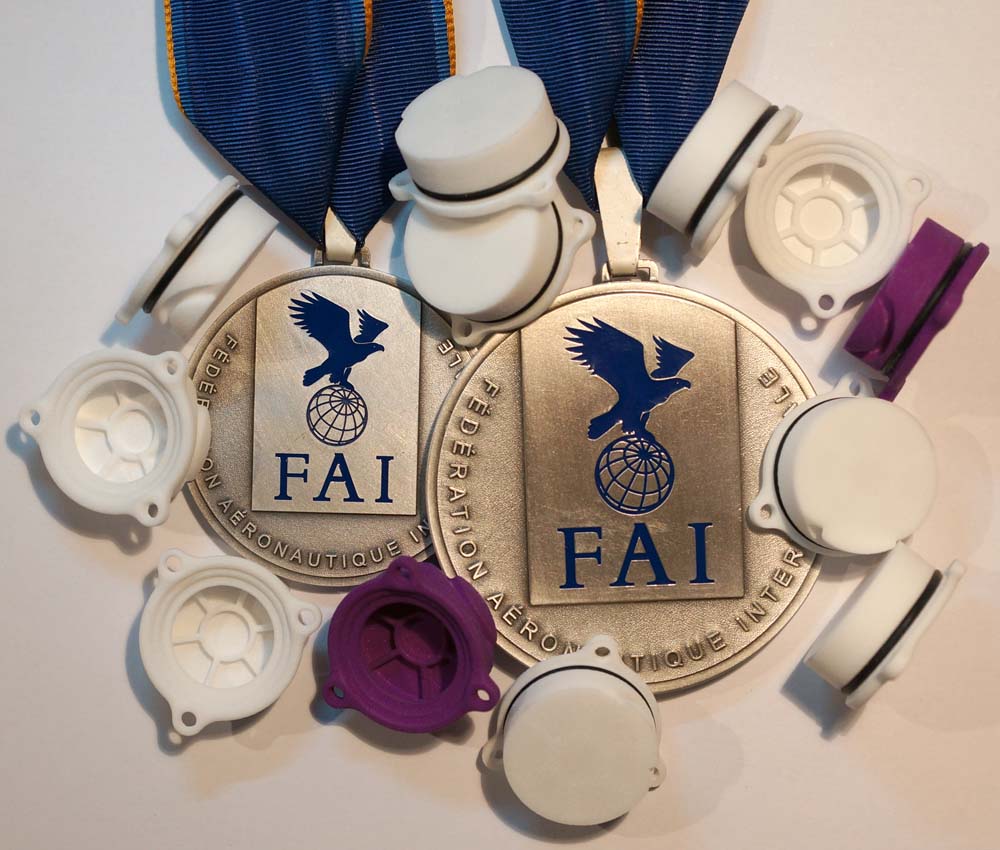 After one year with 3D-printed engine parts: Plastic back plates produces good results! |
||
|
You can print the back plate on your own 3D-printer or buy it from Shapeways. The 3D cad-file (STL) is available from Shapeways. You can also download the cad-files (SolidWorks 2013) from this site Soon it will also be possible to buy it from the Chornyy shop |
Download CAD-files (SolidWorks 2013) 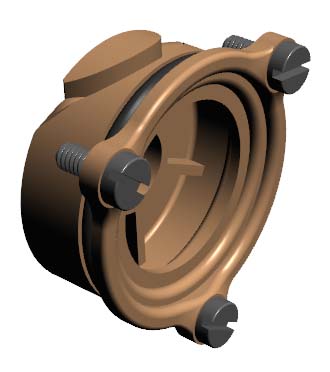
3D pdf The plastic back plate was designed for a 1.5 x 20 O-ring You can get the plastic screws here: RS Components: 527-943 |
|
|
|
||
|
Permalink:
https://www.f2d.dk/equipment/engine/backplate.htm
- Public domain -
Spell checking doc
|
||